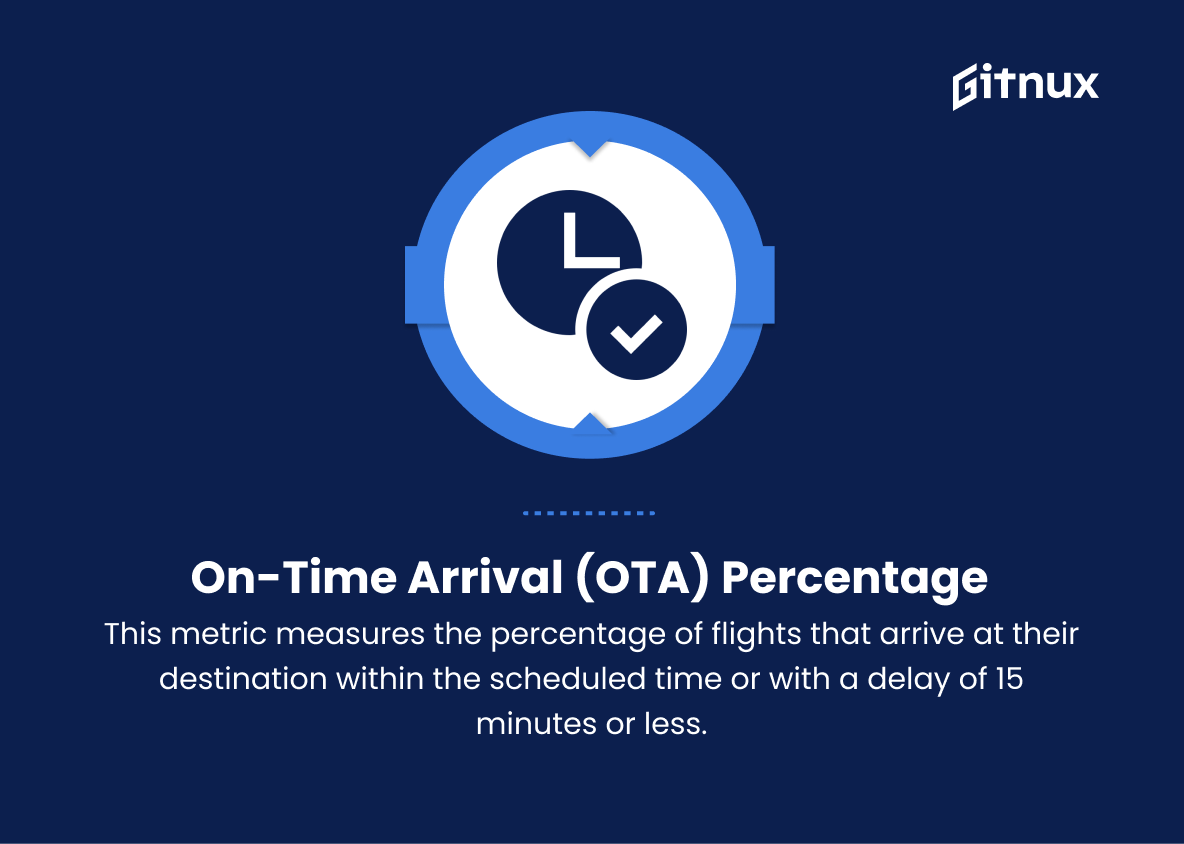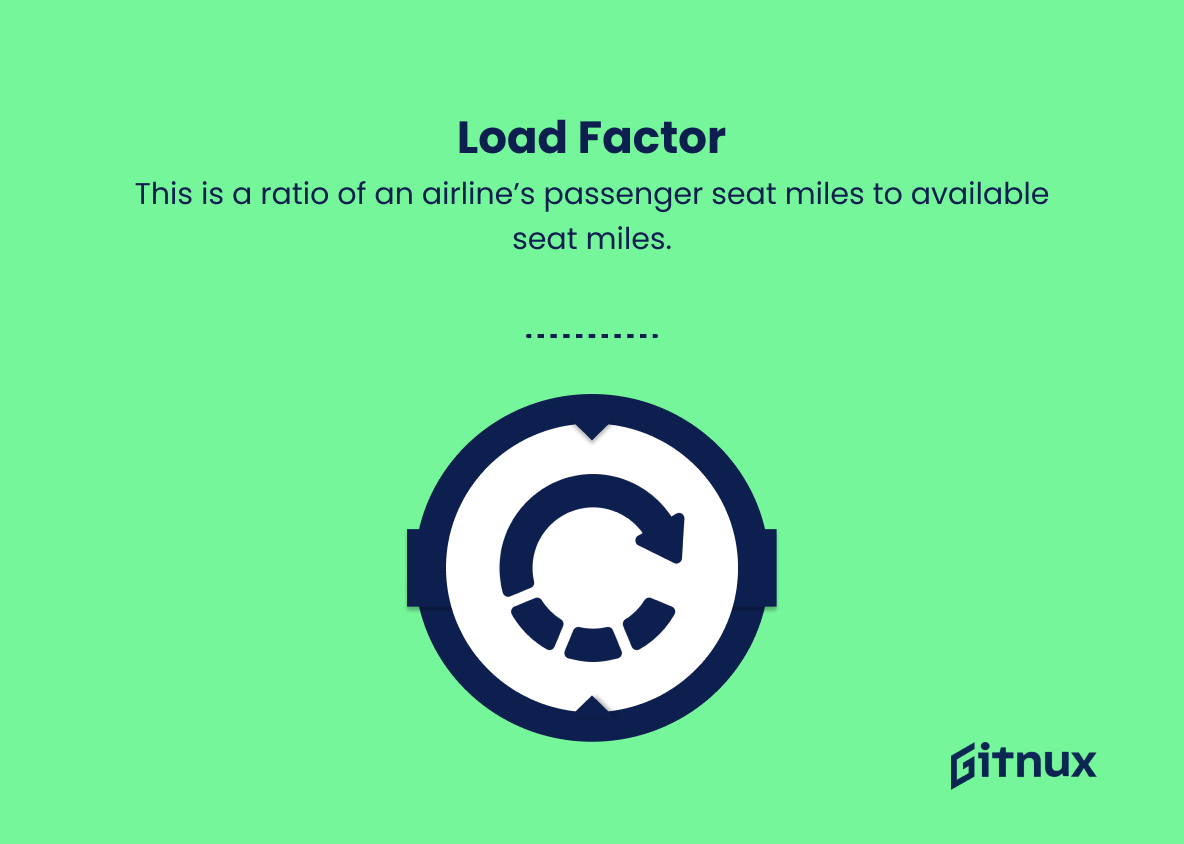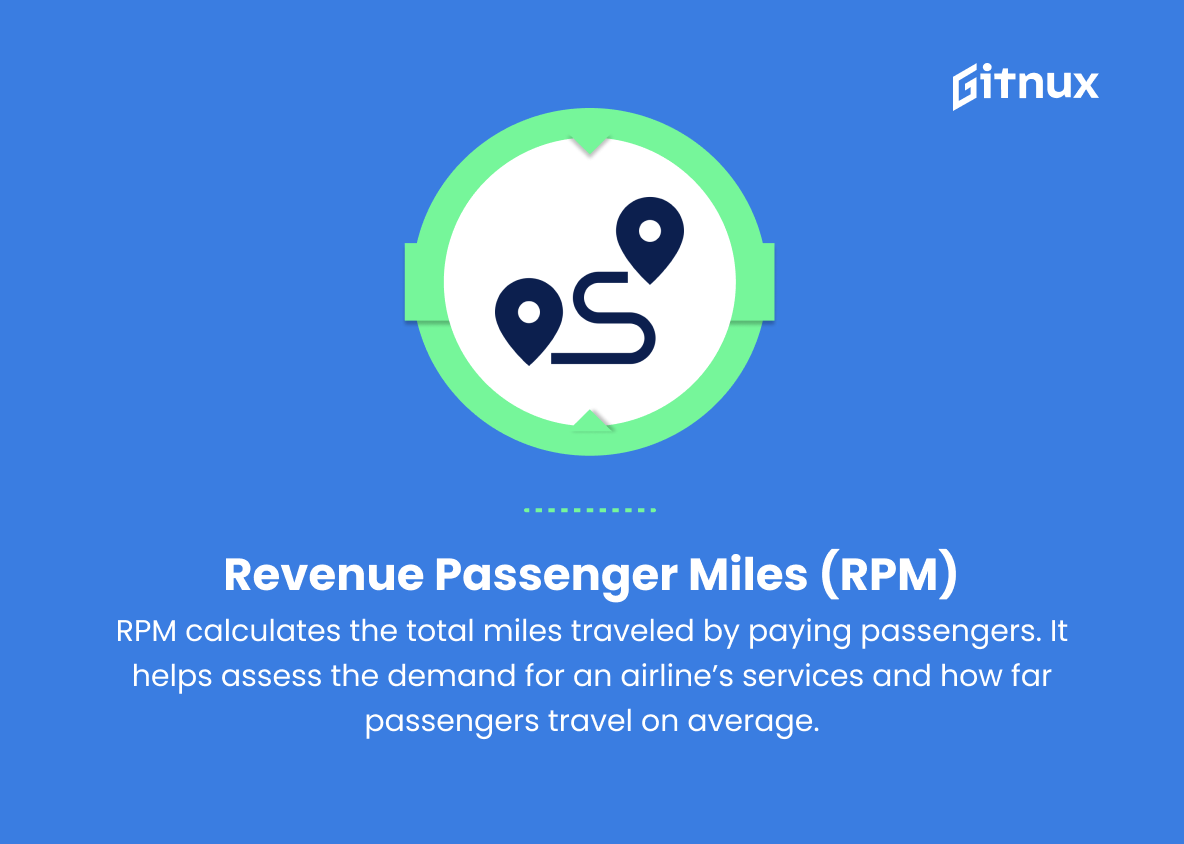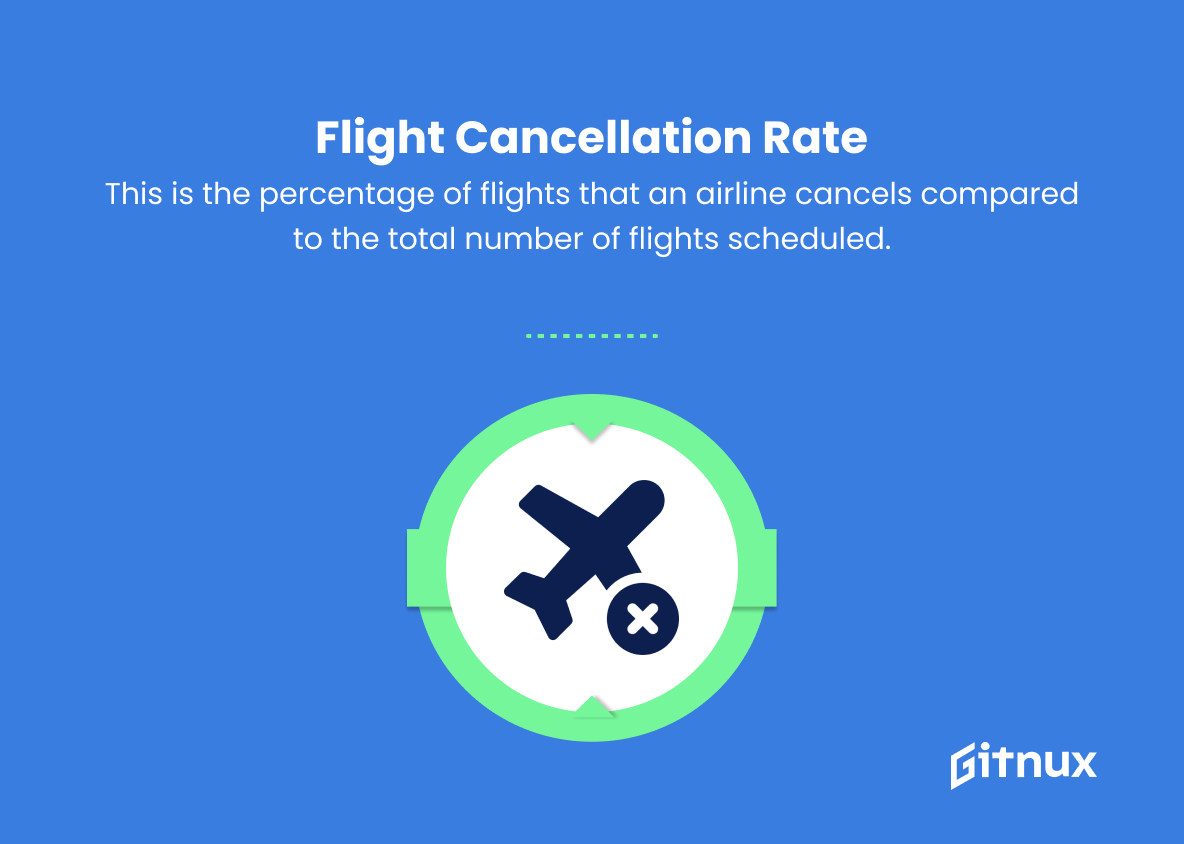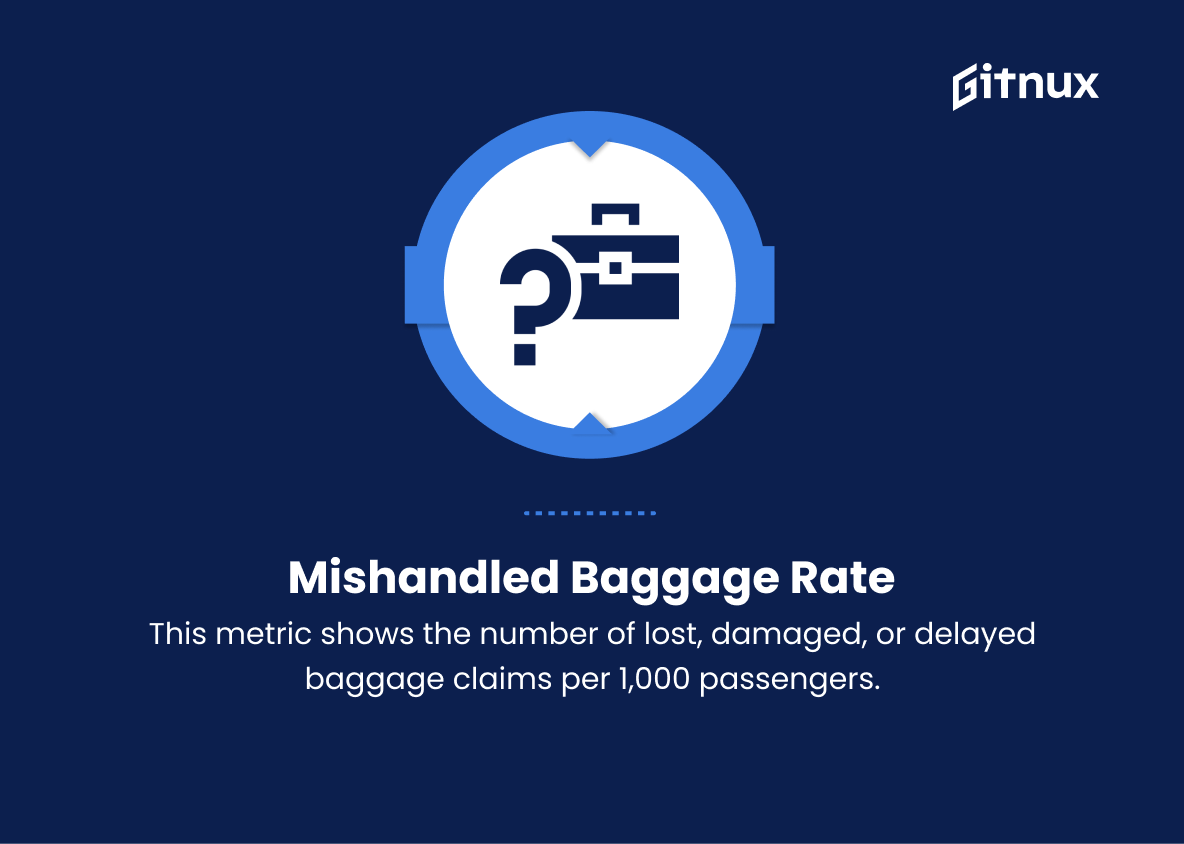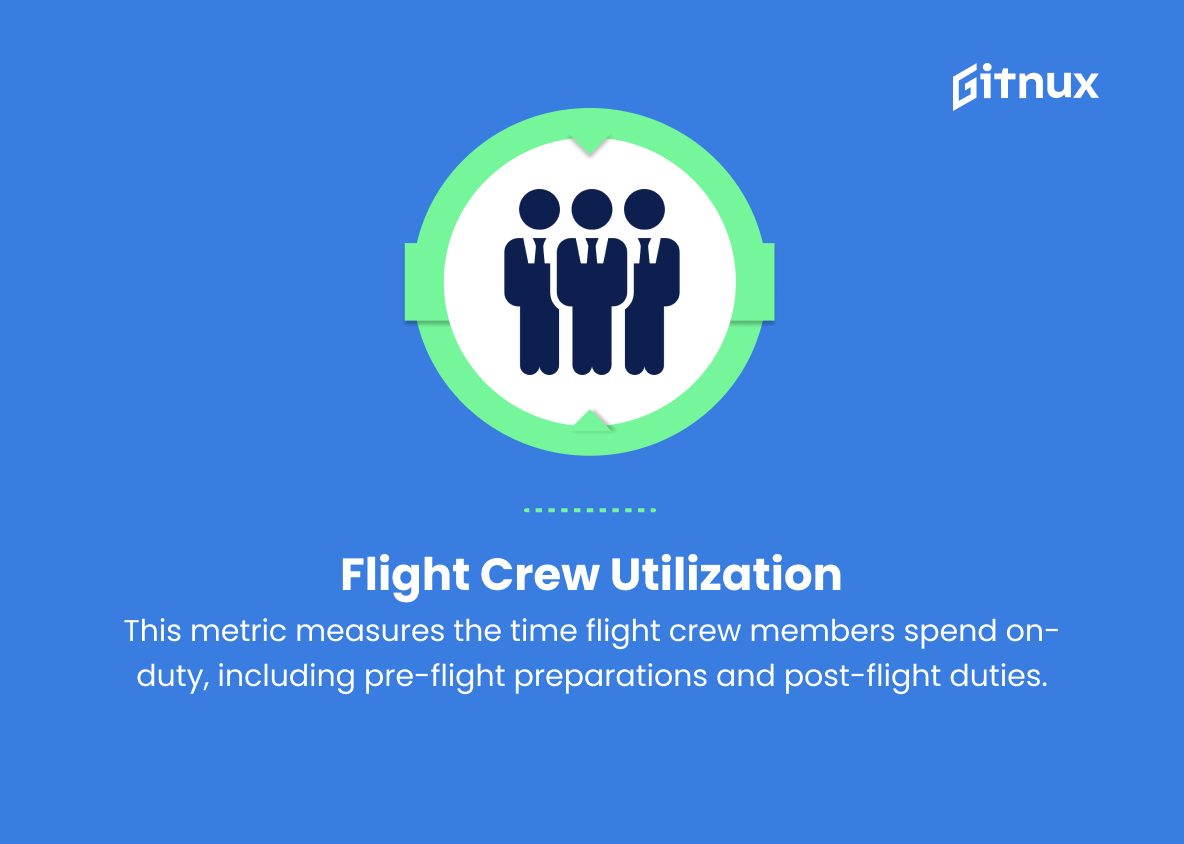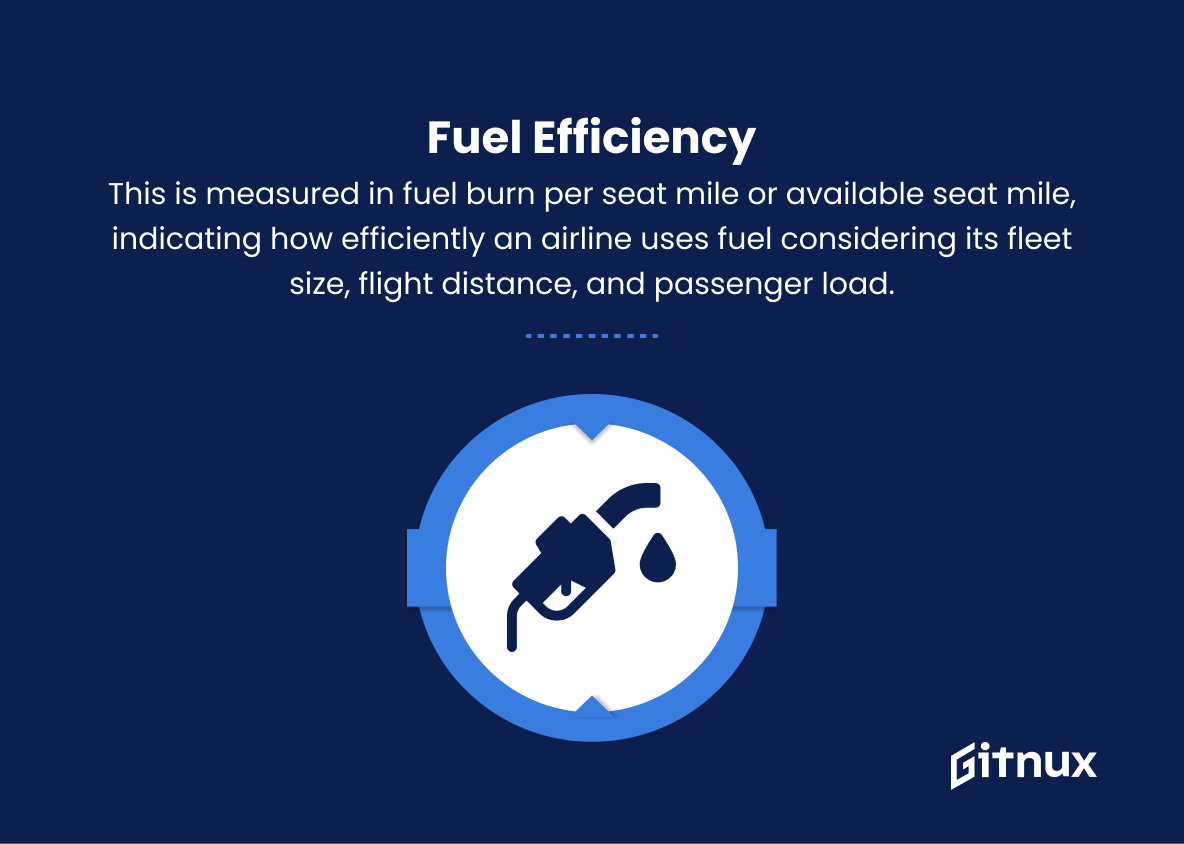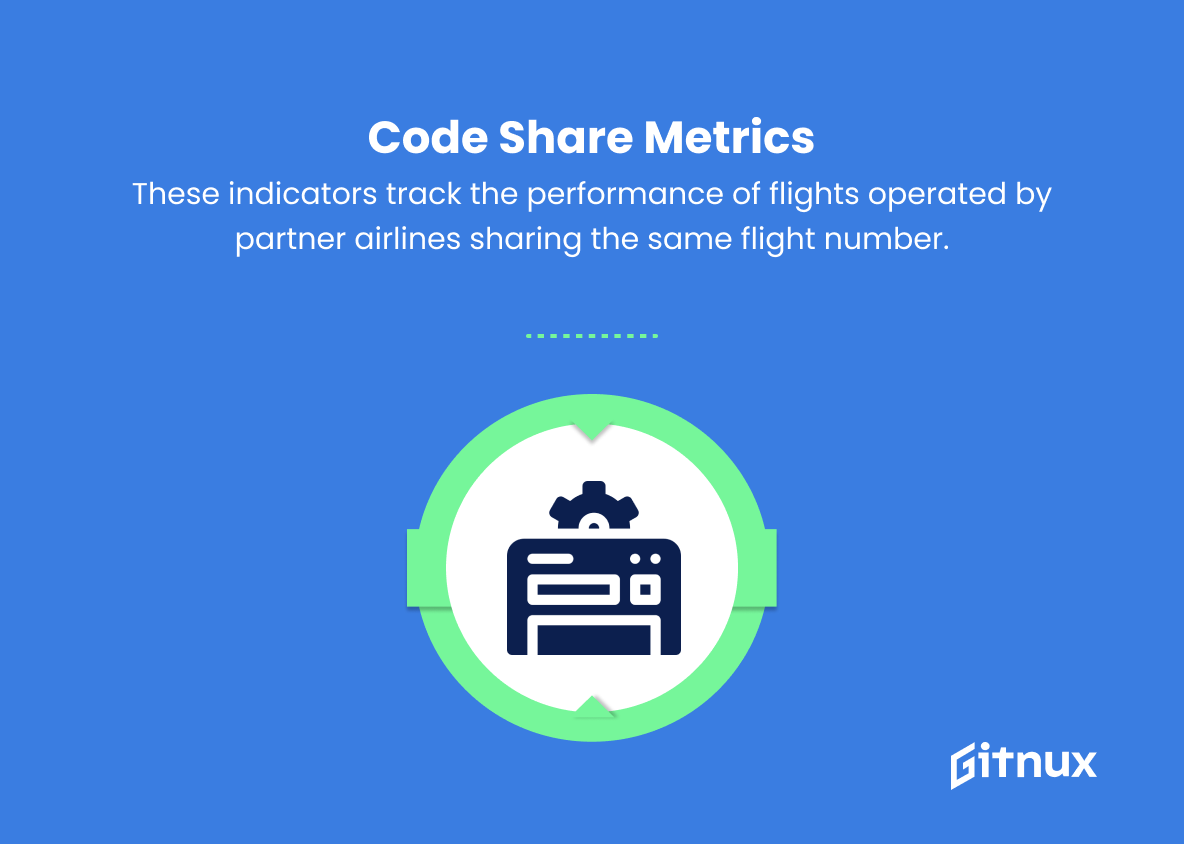In today’s fast-paced world, air travel has become an essential mode of transportation for millions of people across the globe. As the aviation industry continually evolves, the need for accurate and effective airline performance metrics is more crucial than ever. In this in-depth blog post, we will explore the various factors that contribute to airline performance, discuss the importance of data-driven analysis, and delve into the key metrics that drive the success of the aviation industry. Join us as we take a closer look at the indicators and benchmarks that not only help assess airline efficiency and effectiveness but also reveal valuable insights vital to optimizing the overall customer experience and ensuring the sustainability of air travel for years to come.
Airline Performance Metrics You Should Know
1. On-Time Arrival (OTA) Percentage
This metric measures the percentage of flights that arrive at their destination within the scheduled time or with a delay of 15 minutes or less. It is essential to evaluate an airline’s punctuality and efficiency.
2. Load Factor
This is a ratio of an airline’s passenger seat miles to available seat miles. It measures how fully an airline’s flights are booked and indicates how efficiently an airline uses its seat capacity.
3. Revenue Passenger Miles (RPM)
RPM calculates the total miles traveled by paying passengers. It helps assess the demand for an airline’s services and how far passengers travel on average.
4. Passenger Yield
This measures the average revenue per passenger mile, which is the fare paid by one customer to travel one mile. It is used to evaluate the profitability of an airline’s routes.
5. Cost per Available Seat Mile (CASM)
CASM represents the average cost per mile of flying one seat, including operating expenses, fuel, and labor. It helps determine an airline’s efficiency in managing operational costs.
6. Flight Cancellation Rate
This is the percentage of flights that an airline cancels compared to the total number of flights scheduled. It measures an airline’s reliability and its ability to deal with unforeseen events.
7. Mishandled Baggage Rate
This metric shows the number of lost, damaged, or delayed baggage claims per 1,000 passengers. It indicates the efficiency of an airline’s baggage handling process.
8. Passenger Complaints Rate
This metric tracks the number of complaints from passengers about an airline’s services per 100,000 enplanements. A lower complaint rate signifies higher customer satisfaction.
9. Flight Crew Utilization
This metric measures the time flight crew members spend on-duty, including pre-flight preparations and post-flight duties. It is used to assess an airline’s workforce efficiency and effectiveness.
10. Fuel Efficiency
This is measured in fuel burn per seat mile or available seat mile, indicating how efficiently an airline uses fuel considering its fleet size, flight distance, and passenger load.
11. Turnaround Time
Turnaround time is the time it takes for an aircraft to land at a destination, undergo cleaning, refueling, and boarding, and then take off for its next flight. Faster turnaround times indicate efficient airport operations and management.
12. Code Share Metrics
These indicators track the performance of flights operated by partner airlines sharing the same flight number. Measuring frequencies, capacities, and revenue-share agreements helps in assessing an airline’s success in expanding its network through partnerships.
Airline Performance Metrics Explained
Airline performance metrics play a critical role in assessing the operational efficiency, customer satisfaction, and overall success of an airline. On-Time Arrival (OTA) Percentage measures the punctuality and efficiency of an airline, while indicators like Load Factor and Revenue Passenger Miles (RPM) help evaluate how effectively an airline utilizes its seat capacity and meets the demand for its services. Metrics like Passenger Yield, Cost per Available Seat Mile (CASM), and Fuel Efficiency help airlines determine their profitability and operational cost-efficiency. Metrics such as Flight Cancellation Rate, Mishandled Baggage Rate, and Passenger Complaints Rate are crucial for understanding the reliability and customer service quality of an airline.
Flight Crew Utilization and Turnaround Time assess workforce efficiency and effectiveness in maintaining a streamlined operation. Finally, Code Share Metrics assist airlines in evaluating the success of their strategic partnerships and network expansion. These various metrics are crucial for airlines to continuously improve their services, retain customers, and stay competitive in the industry.
Conclusion
In conclusion, measuring airline performance metrics is essential for companies to maintain and improve their operational efficiency, service quality, and overall customer satisfaction. By keeping a close eye on the key performance indicators such as on-time performance, load factor, passenger yield, revenue per available seat mile, and customer satisfaction ratings, airlines can make informed decisions to optimize their resources, enhance the travel experience, and ultimately, thrive in the highly competitive aviation industry. As industry trends and customer preferences continue to evolve, airlines should be mindful of emerging metrics and adjust accordingly, staying ahead of the curve and paving the way for innovation and growth.
